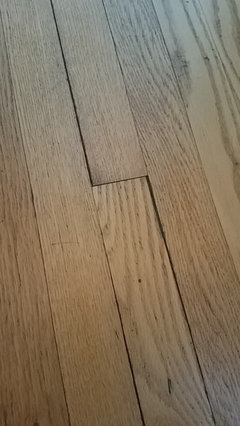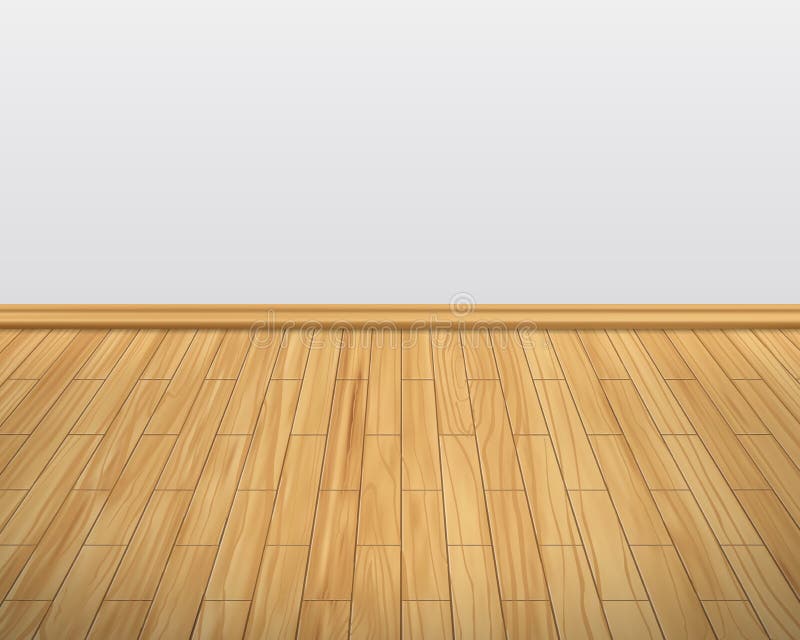Just about everyone may have their private perception involving Luxury Vinyl Care & Maintenance.

Bamboo flooring is famous for numerous property owners due to its advantages. It has ended up being the major choiced flooring for business and property owners whenever there is demand for sustainability.
Bamboo just like timber, is prone to damages and fracturing when humidity levels change.
Are you assuming concerning bamboo flooring for your house? We will additionally review the various kinds of bamboo flooring available on the market.
Kinds Of Bamboo Flooring
There are three standard choices: strand-woven, upright, as well as straight. Home owners can pick which type of bamboo flooring to purchase based on their attributes. Also, the customer's intended aesthetic impacts the chosen Bamboo flooring type.
Strong - Upright Bamboo Flooring
Slim strips of completely dry bamboo wood glued vertically and pressed utilizing high heat and stress produce this sort of bamboo flooring.
The thinnest side of the bamboo planks will be in a vertical form. A company bonding, pressing, as well as lamination will follow. As a result of their approach of signing up with, the bamboo strips feature a slim grain pattern.
The good idea about this kind of bamboo flooring is that it is sturdy and also really affordable. It provides a classy as well as elegant floor coating. But it is not extensively offered.
Strong - Straight Bamboo Flooring
You will observe that this kind is nearly the same as upright bamboo flooring. However it has a mild variant. Straight bamboo is one of one of the most prominent sorts of bamboo flooring.
It is made by drying massive strips of bamboo, slicing these bigger items into thinner strips, and then gluing them to form planks. The boards will certainly after that go through pressure and also warm to ensure they are well attached.
Natural bamboo has a lighter shade. While carbonized bamboo will certainly be less hard than normal bamboo, if you need a darker shade, it may do you great.
Strand Woven Bamboo Flooring
Shredding the bamboo to extract the fibers is one of the a lot more drawing steps in creating strand-woven bamboo floorings.
The bamboo fiber is typically mixed with a sticky after it's made to a pulp. The material is then weaved and also pressed together under excellent warmth, as the name recommends.
After making vertical as well as straight bamboo, the strips offer to develop hair woven bamboo. The eco-conscious purchaser might find this feature appealing. The factor is that it guarantees that the whole bamboo stalk generates extremely little waste.
Engineered Bamboo Flooring
Both solid and also crafted bamboo flooring choices are offered. When the bamboo wood fits, it isn't simple to compare them.
However their distinctions result from their production. For example, engineered bamboo timber has a slim plywood support.
Whether engineered or strong, bamboo flooring is sturdy, durable, as well as appealing.
Engineered bamboo flooring makes use of the floating wood flooring over a thin foam base. They might also remain in the kind of broad planks. They are available in widths up to 19 cm.
When Picking Bamboo Flooring, attributes And What to Keep in Mind
With a multi-layered layer, bamboo flooring will be pretty long lasting. But remember that future touch-ups could require a much more skilled flooring professional.
Likewise, using your finish will make matching repair services simpler when established in your home. But the finish will certainly not last as long as manufacturing facility coatings.
In addition to that, right here are some interesting functions of bamboo flooring.
Resilient
Bamboo flooring is not created equivalent. There are many kinds of bamboo, and also the various methods utilized to turn it right into planks influence its longevity.
Bamboo, like wood flooring, can end up being prone to tear and also wear over time. Likewise, scratching, breaking, and also other wear and tear may happen. You can likewise sand some bamboo to look like wood, however not all.
Cheap Maintenance
You can maintain bamboo flooring in good condition by cleansing and also damp mopping. So regardless of being extra vulnerable to scratches, bamboo flooring is really easy to keep.
You may get bamboo floorings that are just as good as new by sanding them down and also using a fresh layer of paint.
Eco-Conscious
This flooring comes from a natural plant called the bamboo plant. When compared to other tree species made use of to make wood flooring, bamboo grows more and much faster.
Profits
It's straightforward to understand why bamboo flooring has ended up being more well-liked nowadays. For practically any home, bamboo offers several solid and also sound remedies for the environment. As a result, bamboo flooring could be the very best choice for upgrading your flooring.
We will certainly likewise go over the various kinds of bamboo flooring available on the market. House owners can select which type of bamboo flooring to purchase based on their qualities. Straight bamboo is one of the most prominent types of bamboo flooring.
While carbonized bamboo will be much less difficult than routine bamboo, if you need a darker color, it might do you excellent. After making horizontal and also upright bamboo, the strips offer to produce strand woven bamboo.
Bamboo Flooring
Manufacture of Bamboo Flooring
Stranded bamboo is made by shredding the bamboo stalks into small strands, which are compressed into sheets using heat and resin binders, then cut into planks to use as building materials. This form of flooring is available both as tongue-and-groove planks that are nailed down, as well as planks that float over the underlayment. This is a premium form of bamboo flooring, available in many colors.
Horizontal bamboo flooring is manufactured by cutting the strands into thin strips which are then glued together to form planks. This type of flooring has a "grain," since the long stalk fibers are visible in the flooring. This type of bamboo is not as hard or durable as stranded bamboo, but it can have a very striking appearance. It, too, is available both in nail-down planks and as floating floor planks.
Engineered bamboo flooring is made by bonding a thin layer of bamboo onto a plywood or MDF core. This flooring is comparable to engineered hardwood and is installed in the same way—usually with click-lock planks that float over a foam underlayment. It is the least expensive (and least durable) form of bamboo flooring, and it cannot be refinished.
Unless it is stained, most bamboo flooring has a natural blonde or amber color that resembles unfinished maple or birch, but darker tones are available through a process called carbonizing, which entails subjecting the planks to high temperatures. While the color can be very attractive, carbonized bamboo is softer than uncarbonized forms, and is more susceptible to scratching.
Eco-Friendliness
Environmentally conscious consumers are often drawn to bamboo as a wholly renewable resource. Unlike the hardwood lumber industry, where trees can take decades to mature, bamboo stalks grow so fast that there is little environmental liability to the harvest practices. Moreover, bamboo stalks that are cut simply continue to grow and replenish themselves so that they can be harvested.
But the manufacturing process creates other environmental concerns. Bamboo floor planks are manufactured by slicing or shredding the stalks of bamboo grass plants and then compressing the pulp back together using heat, pressure, and a resin-based adhesive identical to those used in many other flooring products. This adhesive often contains urea-formaldehyde that can outgas into the air.1
The level of adhesive used and the amount of toxins emitted will vary, depending on how the bamboo planks are manufactured. Cheaper products may contain more formaldehyde, while more expensive products may use alternative materials in the resins. The amount of formaldehyde used in bamboo flooring is similar to that found in engineered hardwood flooring or MDF sheathing, and it tends to be a problem only for sensitive individuals.2 But if this concerns you, look for bamboo products labeled as formaldehyde-free.
Bamboo Flooring Cost
This material is priced at about the same level as most hardwood floors. You can find bamboo flooring products ranging from about $2 to $8 per square foot, with a national average of $3.84 per square foot. Installation costs for bamboo flooring are much the same as for hardwood flooring. On average, figure on adding about $4 per square foot for installation labor in addition to the cost of materials. You should be able to get a good-quality bamboo installed for less than $10 per square foot, including materials and labor.
https://www.thespruce.com/benefits-and-drawbacks-of-bamboo-floors-1314694

We had been made aware of that write-up on How do you maintain vinyl flooring? through an acquaintance on another web page. Appreciated our blog posting? Please share it. Let somebody else discover it. Thank you so much for your time spent reading it.
 Danny Tamberelli Then & Now!
Danny Tamberelli Then & Now! Mara Wilson Then & Now!
Mara Wilson Then & Now! Alfonso Ribeiro Then & Now!
Alfonso Ribeiro Then & Now! Mackenzie Rosman Then & Now!
Mackenzie Rosman Then & Now! Traci Lords Then & Now!
Traci Lords Then & Now!